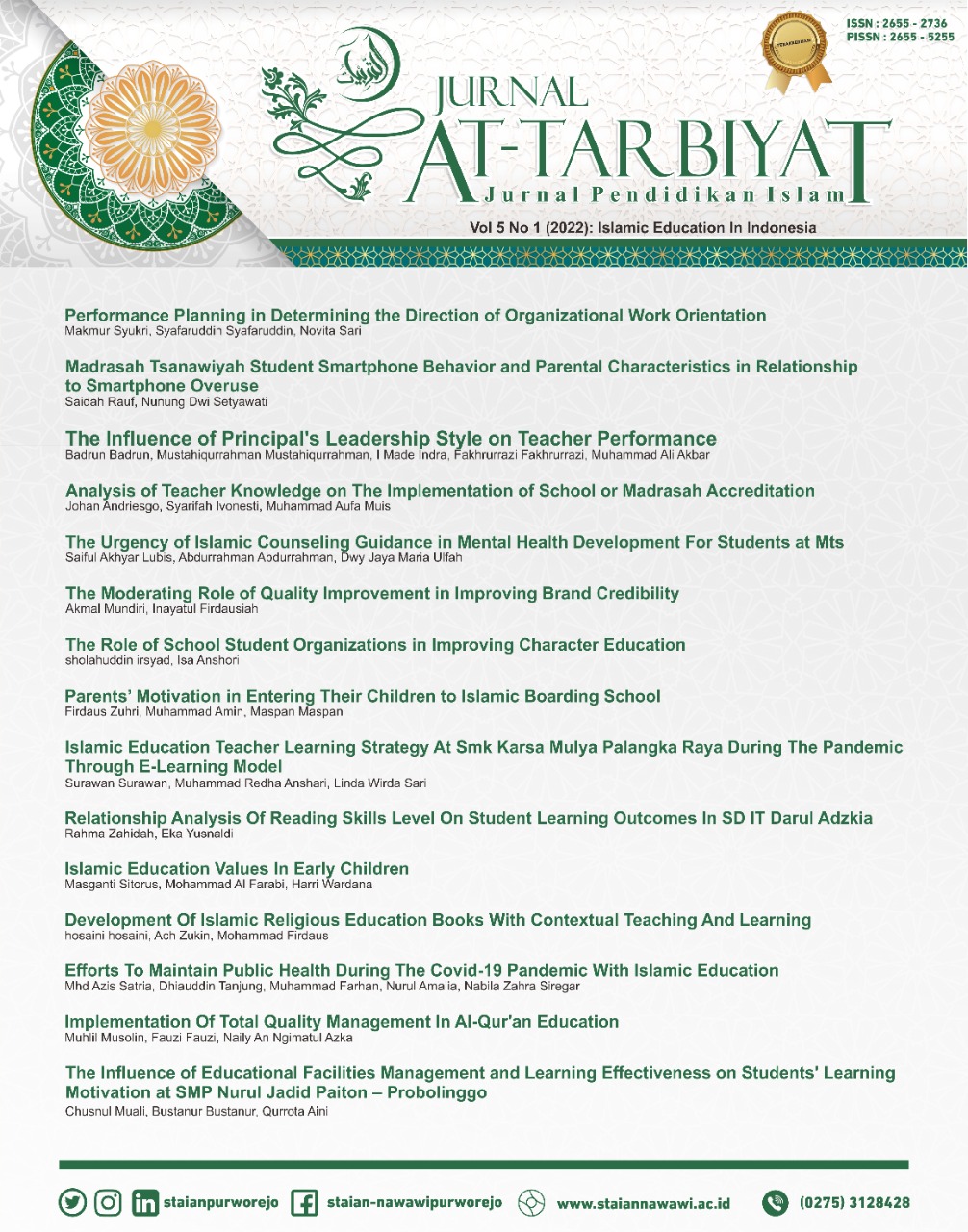Tolerance in Islam Historical Perspective of Khulafaur Rasyidin's Period and Its Contribution to Islamic Education
Abstract
The phenomena of plurality, multicultural and diversity become sunnatullah in social life. This implies the need for the concept of justice ('adalah), egalitarian (musaawah), tolerant (tasamuh) both related to differences in race, ethnicity, and religion. Today, the stigma of intolerance towards Islam with the emergence of violence and “fanaticism” and destructiveness has caused Islam to adopt the status quo. On the one hand, Islam is faced with the problem of liberalism, on the other hand, Islam is cornered with radicalism. This is in stark contrast to the fact that Islam is a religion of rahmatan lil 'alamin and a blessing for the universe. Such a reality becomes the background for how the samahah policies were implemented after the death of the apostle, especially during the khulafa 'rashidun period. This research is a library research which aims to describe how policy and implementation are related to the tolerance of the khulafa 'rashidun period. The results showed that: First, as a caliph who has a function as head of state and religion, the form of tolerance is based on Islamic principles with the principles of musawah and 'adalah. Second, in certain matters, the form of tolerance carried out by the caliphs far exceeded the policies applied in the Islamic domain, such as the policies carried out by Umar with the land reform system policy to the Qibti Christian community. Third, as an individual, the caliph's values are manifested in an attitude of tolerance by applying moral principles. These three things provide a conceptual framework for Islamic education that both normatively and historically, tolerance must be implemented proportionally based on Islamic values.
Downloads
Copyright (c) 2021 Unik Hanifah Salsabila, Difa'ul Husna, Yazida Ichsan

This work is licensed under a Creative Commons Attribution-NonCommercial-NoDerivatives 4.0 International License.




















